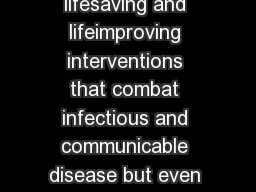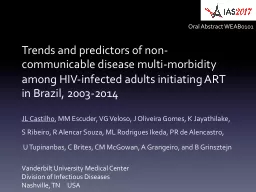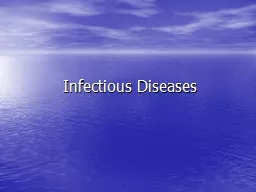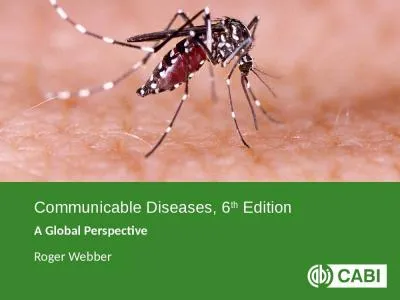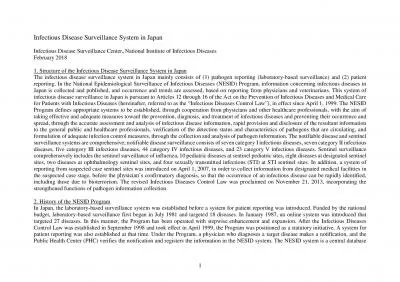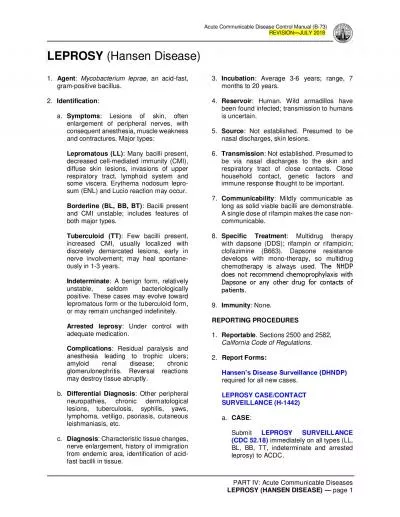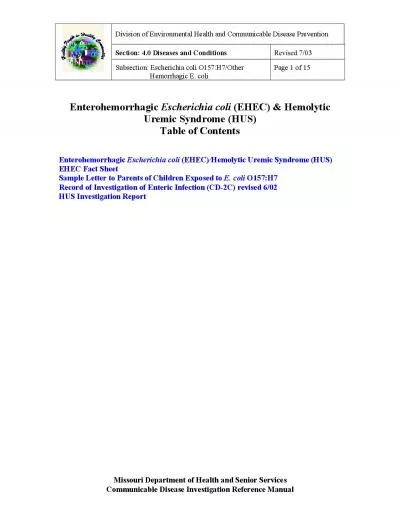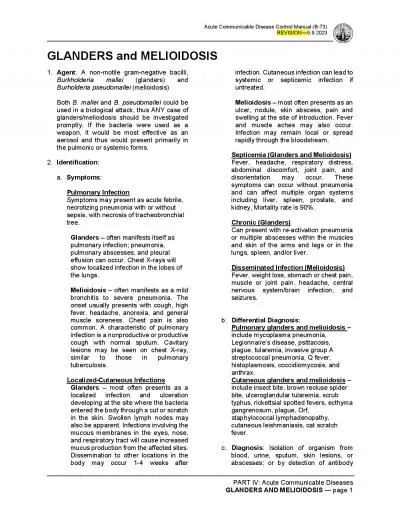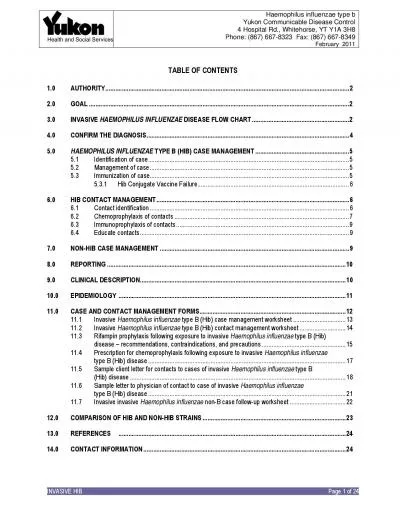PDF-edical research has identied many cheap and simple lifesaving and lifeimproving interventions
Author : ellena-manuel | Published Date : 2014-11-15
Where families are unable to a57374ord the full cost governments and NGOs often provide health products either for free or at highly subsidized prices under user
Presentation Embed Code
Download Presentation
Download Presentation The PPT/PDF document " edical research has identied many ch..." is the property of its rightful owner. Permission is granted to download and print the materials on this website for personal, non-commercial use only, and to display it on your personal computer provided you do not modify the materials and that you retain all copyright notices contained in the materials. By downloading content from our website, you accept the terms of this agreement.
edical research has identied many cheap and simple lifesaving and lifeimproving interventions: Transcript
Download Rules Of Document
" edical research has identied many cheap and simple lifesaving and lifeimproving interventions"The content belongs to its owner. You may download and print it for personal use, without modification, and keep all copyright notices. By downloading, you agree to these terms.
Related Documents

